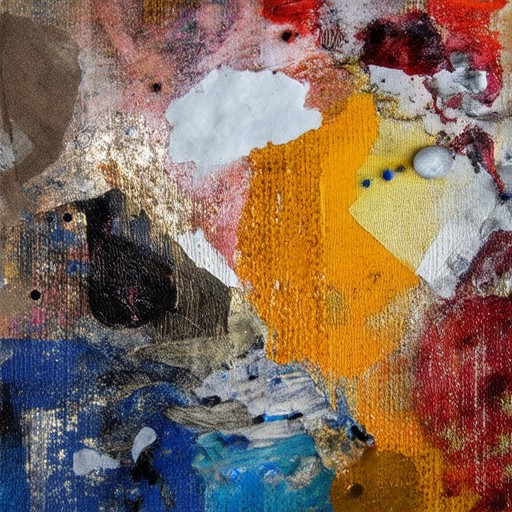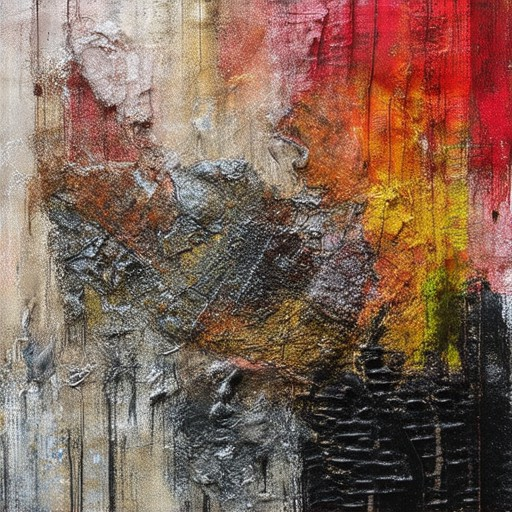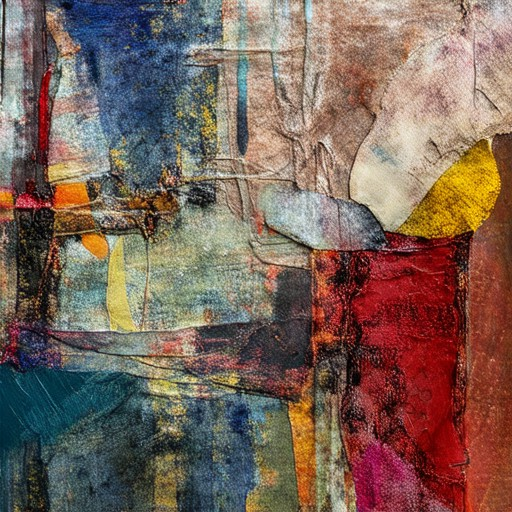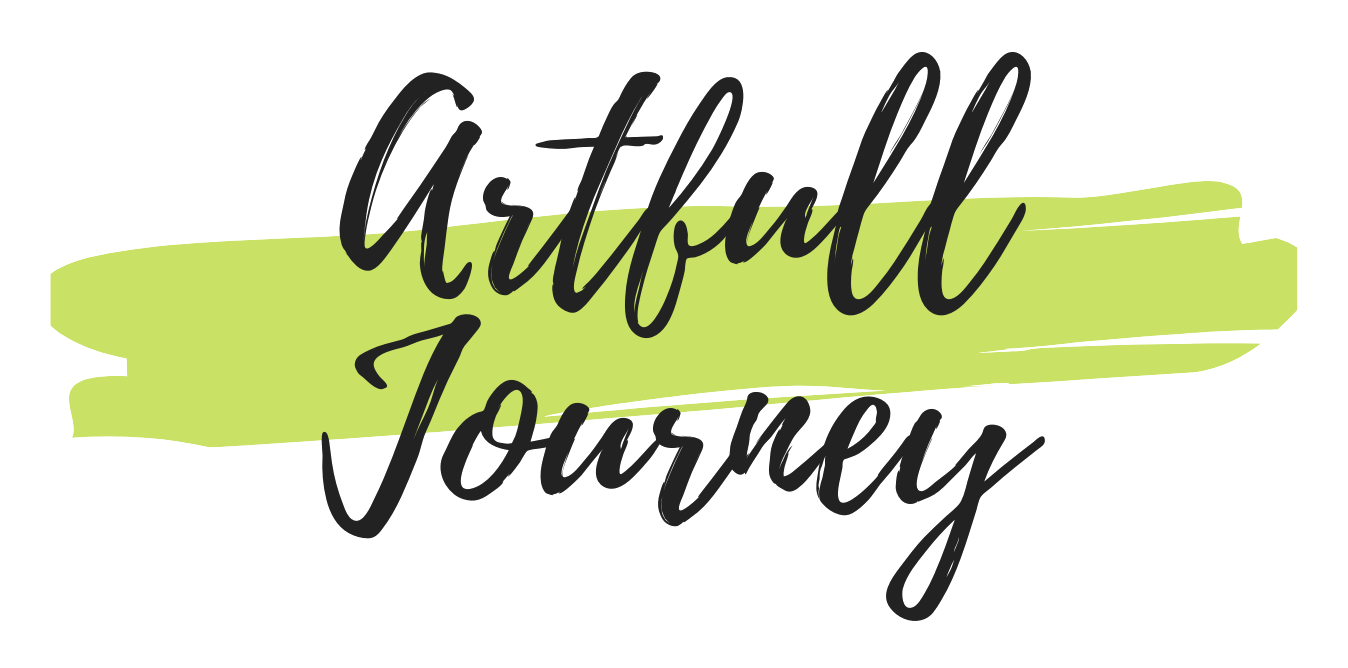Discover the endless possibilities of creativity with mixed media art ideas that inspire and transform ordinary objects into extraordinary works of art. Whether you’re a seasoned artist or just beginning, mixed media art offers a dynamic way to combine diverse materials and techniques, resulting in unique and visually striking pieces. From experimenting with textures and colors to exploring various surfaces and formats, mixed media art allows for endless experimentation and self-expression. In this comprehensive guide, we’ll delve into the basics, techniques, and projects that will take your mixed media art to the next level, providing you with everything you need to create stunning works of art that truly stand out.
Key Takeaways
- Choose the Right Surface for Your Mixed Media Projects: Opt for wood panels, thick watercolor paper, canvas, masonite board, metal surfaces, or fabric based on your creative needs and project requirements.
- Effective Sealing Techniques: Follow organized steps including cleaning, applying base coats, using varnish, and proper curing to protect your mixed media art.
- Watercolor Paper for Mixed Media: Use watercolor paper for absorbent, textured projects with water-based mediums, but consider alternatives like Yupo or Canson for oil-based works after preparing the surface with gesso.

Example of Mixed Media Art
Mixed media art combines various artistic mediums to create unique pieces that transcend traditional forms. One common example involves blending painting with photography. An artist might take a digital photograph of a scene, such as a cityscape, and then hand-paint over it using oil paints or acrylics. This process allows the artist to enhance details, add texture, or alter the original composition.
Another example could be a sculpture made from repurposed materials, such as metal, wood, and fabric, combined with painted elements or embedded found objects. This approach merges three-dimensional art with surface design and storytelling.
For instance, imagine an artist creates a portrait by applying oil paint to canvas, then incorporates collage elements like newspaper clippings or fabric swatches to add depth and texture. This layered technique exemplifies mixed media art, where different materials work together to convey a unified theme or narrative.
To explore more examples and techniques, visit Artful Journey , a platform dedicated to inspiring artists and art enthusiasts with diverse art forms, tutorials, and creative processes.
- Competitors: Explore more mixed media art on platforms like DeviantArt and Behance
- Resources: Learn advanced mixed media techniques through detailed guides on Artful Journey
What Are the 6 Major Types of Mixed Media?
Here are the six primary categories of mixed media art, each offering unique techniques and creative possibilities:
- Collage :
- Combines diverse materials such as paper, fabric, paint, and found objects to create layered, textured surfaces.
- Ideal for experimenting with color, texture, and shape, collage allows for endless creativity.
- Example: A portrait made from torn paper, painted canvas, and glued-on textures.
- Assemblage :
- Involves arranging found objects in a meaningful arrangement, often with a central theme.
- Focuses on storytelling through non-traditional materials, creating three-dimensional narratives.
- Example: A sculpture made from discarded household items telling a story about recycling.
- Sculpture :
- Utilizes traditional and non-traditional materials to create three-dimensional forms.
- Can be abstract or representational, offering a dynamic way to explore space and form.
- Example: A statue carved from stone or built from wire and clay.
- Installation Art :
- Encompasses large-scale works that interact with the environment, often involving light, sound, or movement.
- Designed to engage the audience physically and emotionally, creating immersive experiences.
- Example: An interactive piece where water flows through illuminated tubes.
- Altered Book Art :
- Transforming books into unique art pieces by modifying or repurposing them.
- Combines bookbinding skills with artistic expression, resulting in one-of-a-kind creations.
- Example: A book cover painted with vibrant colors or cut into intricate shapes.
- Wet-and-Dry Media :
- Combines water-based mediums like paint, ink, and collage with dry materials like pastels or graphite.
- Creates a blend of textures and colors, allowing for layering and dimensionality.
- Example: A portrait where watercolor paints are overlaid with pastel shading.
Each type of mixed media art invites experimentation and personal expression, making it a versatile medium for artists of all levels. Whether you’re working on a small-scale project or a large-scale installation, mixed media offers endless opportunities to innovate and inspire.

What Mediums Work Well Together?
Combining different mediums can enhance creativity and provide unique ways to express ideas. Here’s how certain mediums can work together:
- Digital and Traditional Art : Digital tools like Procreate can enhance traditional sketches by adding layers and effects. Artists often use both mediums to create layered pieces that blend analog and digital styles.
- Video and Written Content : Videos can complement written explanations, such as tutorials or documentaries, providing a multi-sensory learning experience. Platforms like YouTube are great for sharing both forms of content.
- Interactive Tools and Traditional Art : Tools like Blender for 3D modeling can be used to create animations that pair perfectly with traditional 2D artwork, resulting in dynamic and engaging projects.
- Technology and Art : Integrating AR (Augmented Reality) apps with physical art installations allows viewers to interact with the artwork in new ways. This combination is increasingly popular in modern exhibitions and can be shared globally via platforms like Instagram .
- Cloud-Based Collaboration and Traditional Art : Using services like Google Drive or Adobe Creative Cloud allows artists to collaborate on digital projects while still creating traditional pieces, making teamwork seamless.
- Project Management and Art Creation : Tools like Trello help manage complex art projects involving multiple mediums, ensuring everyone stays on track and contributions are organized.
- Interactive Experiences and Social Media : Virtual galleries or live-streamed art workshops can be promoted on platforms like Facebook and Twitter , allowing real-time engagement with the audience.
- Email Newsletters and Visual Content : Sharing visually appealing content via email newsletters helps retain subscribers. Tools like Mailchimp allow for easy creation of these engaging emails.
By combining these mediums thoughtfully, artists can create immersive and impactful works that resonate on multiple levels.

The Best Surface for Mixed Media Art
Choosing the right surface for mixed media art is crucial to ensure durability and creativity. Here are some of the best options:
- Wood Panels : Ideal for heavy mixed media pieces, wood panels provide a sturdy base and can withstand multiple layers. They are also easy to paint and glue materials onto.
- Thick Watercolor Paper : With a weight of 300 lb, this paper is perfect for layered works. It supports heavy elements and allows for a variety of textures.
- Canvas or Canvas Boards : Known for its flexibility and durability, canvas is a great choice for mixed media. It can be stretched and adapted to different sizes, making it ideal for dynamic compositions.
- Masonite Board : A dense and smooth surface that is excellent for flat art. It is easy to attach various materials to and provides a professional finish.
- Metal Surfaces : For an industrial look, metal surfaces like steel or aluminum can add strength and visual interest. They are highly durable and can be manipulated into unique shapes.
- Fabric : Perfect for textile-based mixed media art, fabric offers flexibility and a soft texture. It can be stitched, dyed, or glued, making it a versatile option.
When selecting a surface, consider factors like weight capacity, flexibility, and ease of manipulation. Experiment with different materials to find the best fit for your artistic style.
How do you seal mixed media art?
To effectively seal mixed media art, follow these organized steps for optimal protection and preservation:
- Gather Materials : Ensure you have the necessary supplies, including a high-quality sealer, protective coating, or varnish. Consider using acrylic-based mediums for their durability and adhesion properties.
- Clean the Surface : Begin by gently cleaning the artwork with a soft cloth to remove any dust, oils, or fingerprints. A clean surface ensures better adhesion of the sealer.
- Apply a Base Coat : Start with a thin, even layer of a clear acrylic sealer or varnish. This acts as a primer, protecting the artwork from dirt and moisture while allowing subsequent layers to bond properly.
- Add a Protective Layer : For added defense against environmental factors, apply a second, slightly thicker coat. This helps shield the artwork from scratches and UV exposure.
- Consider a Varnish : Use a high-quality, non-yellowing varnish to preserve colors and reduce glare. Apply it in a thin layer, waiting for it to dry completely before handling the piece.
- Let It Cure Completely : Allow the sealer and varnish to fully cure according to the manufacturer’s instructions. This typically takes 24-48 hours depending on humidity and temperature.
- Test for Compatibility : Before sealing, test the sealer on a small, inconspicuous area to ensure it doesn’t affect the artwork’s surface or colors.
- Store Properly : After sealing, store the artwork in a stable environment, avoiding direct sunlight and excessive heat or cold. Use acid-free mats and frames to further protect it.
By following these steps, you can ensure your mixed media art remains vibrant and well-protected for years to come. For more detailed guides and materials, explore our materials guide and tutorials .

Can You Use Watercolor Paper for Mixed Media Art?
Yes, watercolor paper can be used for mixed media art, but it depends on the type of mixed media techniques you plan to use. Here’s a breakdown of its suitability:
- Watercolor Paper Basics: Watercolor paper is highly textured and absorbent, making it ideal for certain mixed media applications. Its thick surface can handle heavier mediums like pastels, inks, and markers.
- Oil Paints and Watercolor Paper: While watercolor paper is great for water-based media, it’s not recommended for oil paints due to potential cracking and peeling. Opt for papers like Yupo or Canson for oil-based works.
- Preparation is Key: To enhance its versatility, apply a thin layer of gesso before adding your mixed media. This helps the paper withstand heavier layers and prevents cracking.
- Drying Time: Watercolor paper dries quickly, which is beneficial for projects involving fast-drying mediums. Be mindful of slow-drying materials to avoid smudging.
For the best results, consider these alternatives:- Yupo Paper : Known for its durability and smooth surface, perfect for mixed media.- Canson Mix Media Paper : Designed specifically for mixed media artists, offering excellent resistance to cracking.
By preparing the paper properly and choosing the right mediums, watercolor paper can be a versatile and rewarding base for your mixed media creations. Experiment with different textures and layers to find your unique style!




0 Comments